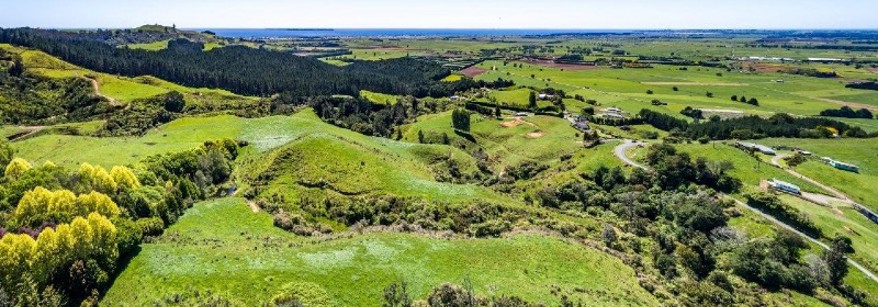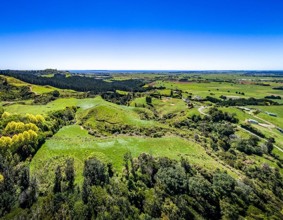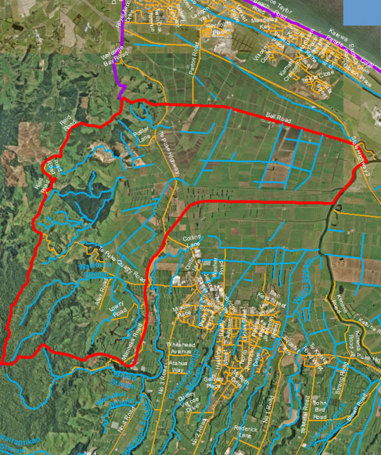We’ve increased our science and monitoring efforts in the catchment and begun investigations to identify specific contaminant sources. We’re also contacting landowners and inviting them to work with us on reducing land run-off from their properties.
We’ll be developing more detailed actions, based on our investigations and further discussions with tangata whenua, landowners, and other locals about cultural values, matauranga Maori (traditional knowledge), land-use practices, and natural processes in the catchment.
Summerhills Farm leading the way
Local landowner, Gabrielle Walton is doing her bit for the Kopuaroa catchment by making improvements at her Summerhill Farm property. She already had plans for environmental restoration work on her block, but we’ve helped her to extend those plans, save money, and get the work done faster.
Through a Regional Council Environmental Programme, we’ve helped to fund and organise some of the work on Gabrielle’s property including plant and animal pest control, restoration of a 1 hectare wetland, 990 metres of streamside fencing and the planting of 5,500 native trees and shrubs that will reduce contaminant run-off into waterways.

One of the Summerhill Farm areas recently fenced and planted to improve water quality in the Kopuaroa catchment.



 Water sampling and science work we’ve completed in recent years has found that current levels of nitrogen (N), phosphorous (P), sediment, and
Water sampling and science work we’ve completed in recent years has found that current levels of nitrogen (N), phosphorous (P), sediment, and